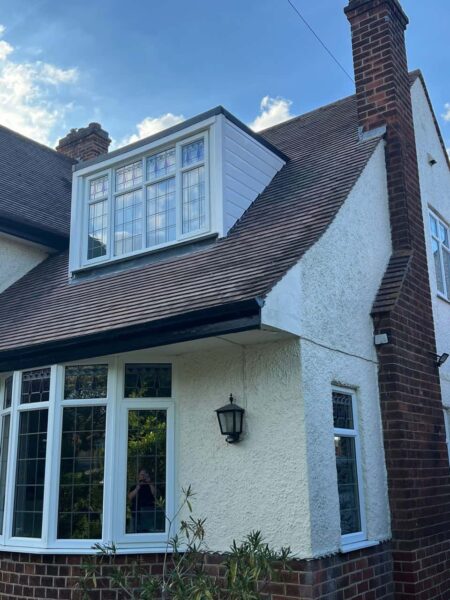Maximising Value: The Impact of Roofing Material Longevity on Lifecycle Costs for Commercial Properties
Introduction: Regarding commercial property management, the top priorities are minimising expenses and maximising value. One area where these goals intersect is in the choice of roofing materials. The longevity of roofing materials directly affects the lifecycle costs of commercial properties. In this blog post, we’ll delve into the significant impact of roofing material longevity on lifecycle costs for commercial properties and why property owners and managers must make informed decisions.
Understanding Lifecycle Costs:
Lifecycle costs refer to the total cost of owning and maintaining a commercial property over its lifespan. This includes initial construction or installation costs, ongoing operational expenses, and maintenance and repair costs incurred over time. While initial costs are important, the long-term expenses truly determine a commercial property’s overall cost-effectiveness.
The Role of Roofing Material Longevity:
Roofing materials vary widely in terms of longevity, durability, and performance. Some materials, such as asphalt shingles, may have a relatively short lifespan of 20-30 years, while others, like metal or tile, can last 50 years or more with proper maintenance. The longevity of roofing materials directly impacts their lifecycle costs, as longer-lasting materials require fewer replacements and repairs over time.
Impact on Maintenance and Repair Costs:
Maintenance and repair expenses are maintenance, and repair expenses are among the most significant factors contributing to life. Roof leaks, damage from weather events, and general wear and tear can necessitate costly repairs that add up over time. However, property owners can minimise the frequency and extent of repairs by investing in high-quality roofing materials with long lifespans, thus reducing overall maintenance costs.
Energy Efficiency and Operational Savings:
In addition to maintenance and repair costs, the choice of roofing materials can also impact energy efficiency and operational expenses. Energy-efficient roofing materials, such as cool roofs or reflective coatings, can help reduce heating and cooling costs by minimising heat transfer and improving insulation. Over the lifespan of a commercial property, these operational savings can amount to significant cost reductions and enhanced profitability.
Factors to Consider When Choosing Roofing Materials:
When selecting roofing materials for commercial properties, it’s essential to consider factors beyond just initial costs. Property owners should evaluate the longevity, durability, energy efficiency, and maintenance requirements of different materials to determine their lifecycle costs accurately. Factors such as local climate conditions, building codes, and aesthetic preferences may also influence the decision-making process.
Conclusion: The choice of roofing materials profoundly impacts the lifecycle costs of commercial properties. Property owners can minimise maintenance and repair expenses, improve energy efficiency, and maximise overall value by opting for high-quality materials with long lifespans. Investing in durable roofing materials may require a higher upfront investment, but the long-term cost savings and benefits far outweigh the initial costs.
Call us on: 01977 804 699
Click here to find out more about UG Roofing Hemsworth
Click here to complete our contact form and see how we can help with your roofing needs.

